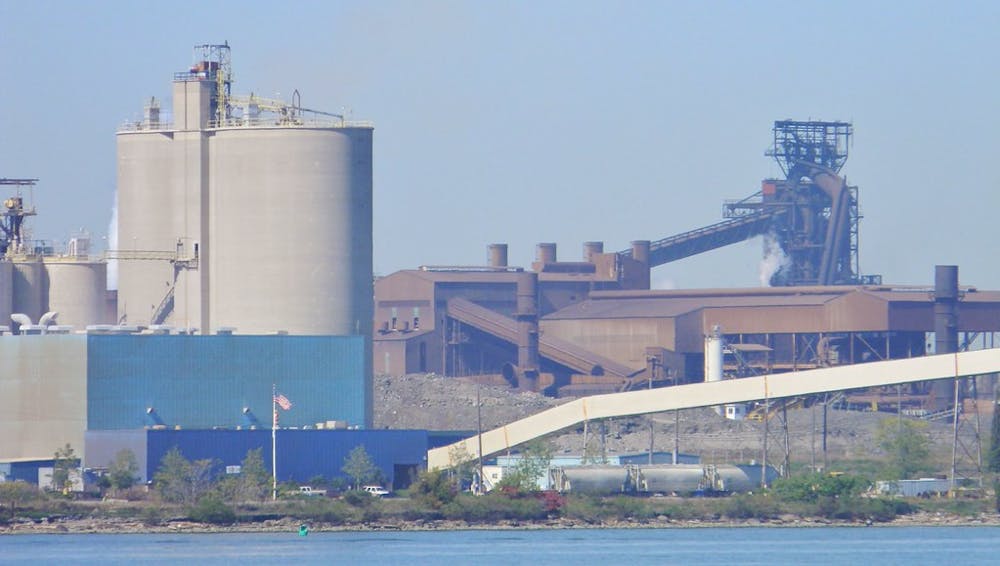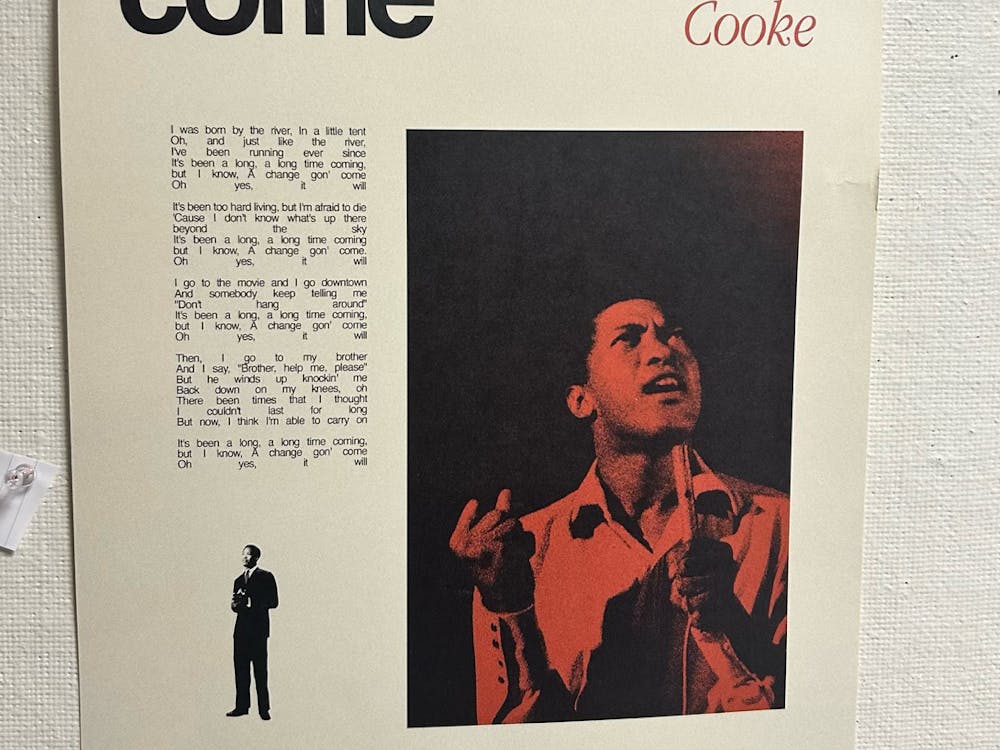The Sparrows Point Steel Mill, once the largest in the world, was a Baltimore institution that shaped workers’ unions, housing and cultural dynamics in the city for more than 100 years, from 1887 until its final closing in 2012.
In a Library of Congress blog post, writer Stephen Winnick summarized the importance of the steel mill to the development of Baltimore as an industrial town and how its eventual downfall was a turning point for employment opportunities and economic development within the city.
“Created by the Pennsylvania Steel Company in 1887 and taken over by Bethlehem Steel in 1916, Sparrows Point became the world’s largest center for producing steel, including the girders of the Golden Gate, George Washington and Bay bridges as well as steel for shipbuilding during the World Wars. With more than 30,000 employees during its mid-20th century peak, it experienced a gradual decline in the decades that followed,” he wrote.
During its many years of operation, the mill was host to significant cultural developments. Black and Latino immigrants from the Caribbean, Jewish immigrants from Europe and eastward-bound Appalachian immigrants worked with native-born Baltimoreans of varied backgrounds, contributing to a thriving, diverse environment throughout the 20th century. The citizens of Baltimore gave momentum to the Civil Rights Movement, the women’s rights movement and ongoing workers’ rights movements within the factory, impacting workplace dynamics across the country.
Loretta Houston Smith, a native-born Baltimorean, shared her experience at the mill beginning in 1974. During her time there, she assumed a foundational role in its women’s union. She shared her experience working as a crane operator in an interview with University of Maryland, Baltimore County students for a project they conducted on the impact of the mill on individual workers within the Baltimore community.
“I became a union official. I was the chairperson for ‘Women of Steel.’ There was discrimination against women, and a lot of times I felt like I was discriminated against, and I was not a quiet person about it. It got me in a lot of trouble lots of times because I wanted something done, you know, and I would talk about the issues that involve me and a lot of other women. It was very difficult, you know, we talked about racism. We fellowshipped a lot in the bathroom through tears, you know, to keep each other strong, and there were a lot of problems, but we would resolve them,” she said.
Smith’s impact within the mill was not limited to her own experience. Lettice Sims, also interviewed about her time at Sparrows Point, spoke about Smith’s legacy as a leader and champion of African American and women’s rights.
“Loretta was a legend in her own right. Loretta said things that I wouldn’t dare dream of doing. It’s just like Rosa Parks, like you have to stand for something, and she was that stronger person that stood for us, to make it easier for us coming in the door because everything for me was already paved there,” she said.
Despite this, the history of the mill is also defined by the harsh realities of interracial dynamics in America. In his research paper “In the Shadow of Sparrows Point: Racialized Labor in the White and Black Working Classes,” Johns Hopkins Visiting Researcher Andrew J. Cherlin discussed the complexities of the racial divide in Dundalk, where the mill was located.
“Until the 1970s, the work rules at the plant favored white workers over black workers. Most black workers were originally hired for jobs in the less desirable units in the plant. The work rules stipulated that any worker who transferred to a different unit lost all seniority — meaning that he or she would get the worst shifts, the most difficult and unpleasant jobs, the least desirable time off, and so forth. While black workers could theoretically transfer to better units, they would sacrifice all of the job benefits they had gained through seniority. And they would also face the hostility of white workers in their new units,” he wrote.
Then, a shift occurred.
“In 1974, Bethlehem Steel and the steelworkers’ union entered into an agreement with the U.S. government in an employment discrimination action brought by the Equal Employment Opportunity Commission. The consent decree, as it was called, ended the discriminatory transfer rules and opened up new positions to black workers,” he wrote.
However, this was not the end of racial discrimination at the mill and in the community, according to Cherlin. He reports that by the time Sparrows Point closed its doors in 2012, Dundalk had changed completely.
“Ten percent of the housing units were vacant, compared to 3 percent in 1960. The mean family income of $72,798, according to the 2013-17 ACS, was well below the national mean of $95,031. Dundalk was no longer as populous, no longer as white, no longer sustained by factory jobs and no longer as well off as it had been in the heyday of Sparrows Point,” he wrote.
By 2012, Dundalk had been transformed into a community with less economic vitality. Even so, Sparrows Point lives on as a defining institution for the Baltimore community — a symbol of both American industrialism and the inequalities that shaped it, a factory that defined the lives of tens of thousands of Baltimoreans.
Julia Schager is a sophomore majoring in International Studies from Stamford, Conn. She is a News & Features Editor for The News-Letter.





